Bugs, Butterfly, Beetle, and a Bee
Nov 27, 2016 22:29:08 #
I did not intend to have 'B' named entries.
1. An assassin bug (Zelus luridus) eating a muscoid dipteran. It is surprising that such slow moving predators can catch a fly.
2. A couple other assassins making more assassins.
3. This is among my earliest macro pictures. A black swallowtail butterfly (Papilio polyxenes). This one I had hatched from a chrysalis kept over the winter in my fridge. It is a staged shot against a window to provide a natural background.
4. A blister beetle (I think Epicauta pennsylvanica). I rather like the blue colors on this species.
5. This one was an educational surprise. I kept seeing this little wasp-like insect on our back yard flowers, so of course I took pictures. From those I could see that this was not a wasp, but in fact was a bee. There are solitary bees that are not very hairy, and a fairly easy way to tell is to look at the basal foot (tarsal) segment on the hind leg. You can see that it is not cylindrical but is instead flattened & the inside surface is bristly. Those are bee characters for gathering pollen. From there, after a lot of looking through Bugguide I learned that this is a species of cuckoo bee known as Nomada maculata. Like the birds with the same name, cuckoo bees lay their eggs in the nests of other bees. Actually, this practice is not confined to a particular family, but appears in different bee families including some species of bumble bees. So from this chance find I learned a little bit more about our world.
1. An assassin bug (Zelus luridus) eating a muscoid dipteran. It is surprising that such slow moving predators can catch a fly.
2. A couple other assassins making more assassins.
3. This is among my earliest macro pictures. A black swallowtail butterfly (Papilio polyxenes). This one I had hatched from a chrysalis kept over the winter in my fridge. It is a staged shot against a window to provide a natural background.
4. A blister beetle (I think Epicauta pennsylvanica). I rather like the blue colors on this species.
5. This one was an educational surprise. I kept seeing this little wasp-like insect on our back yard flowers, so of course I took pictures. From those I could see that this was not a wasp, but in fact was a bee. There are solitary bees that are not very hairy, and a fairly easy way to tell is to look at the basal foot (tarsal) segment on the hind leg. You can see that it is not cylindrical but is instead flattened & the inside surface is bristly. Those are bee characters for gathering pollen. From there, after a lot of looking through Bugguide I learned that this is a species of cuckoo bee known as Nomada maculata. Like the birds with the same name, cuckoo bees lay their eggs in the nests of other bees. Actually, this practice is not confined to a particular family, but appears in different bee families including some species of bumble bees. So from this chance find I learned a little bit more about our world.
Assassin bug
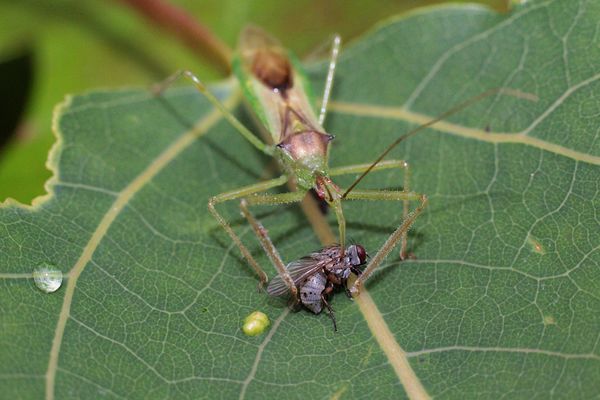
(Download)
Assassin bug
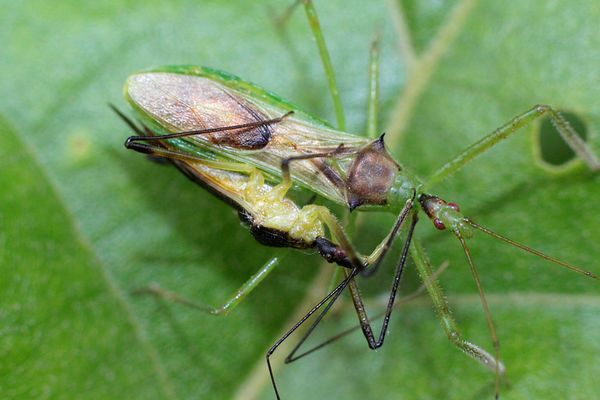
(Download)
Black swallowtail
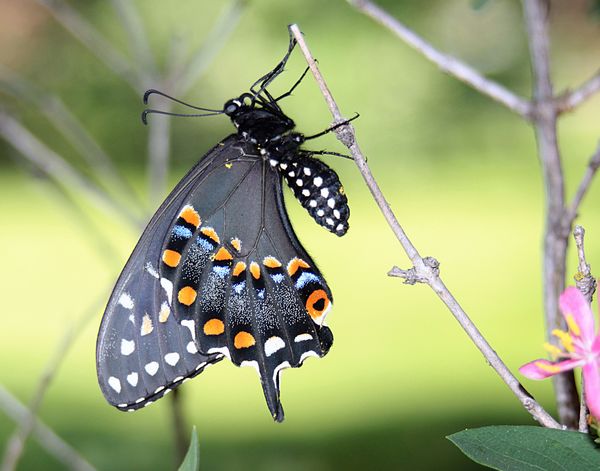
(Download)
Blister beetle
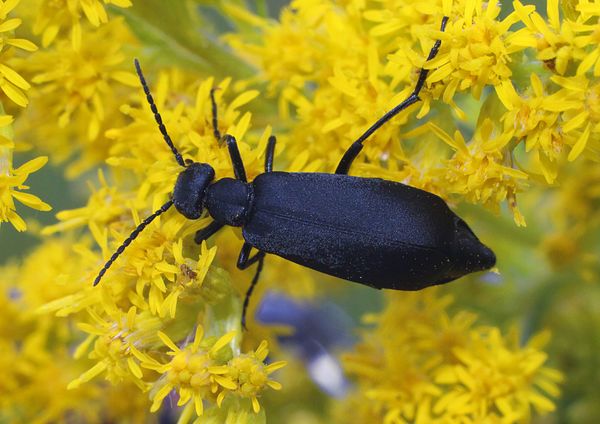
(Download)
Cuckoo bee
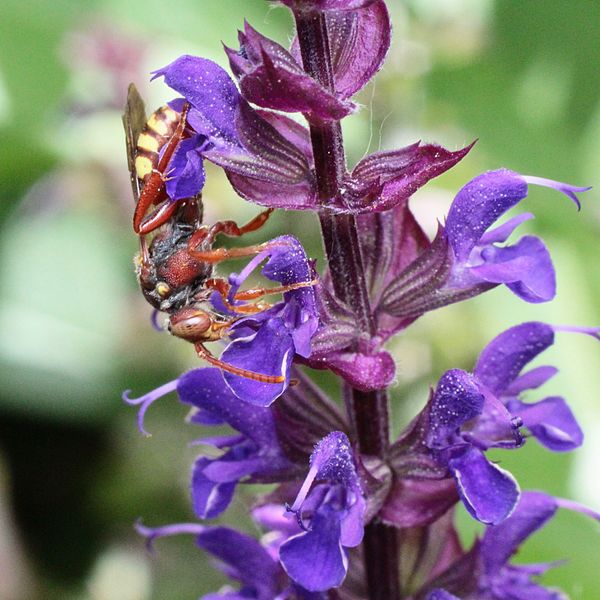
(Download)
Nov 27, 2016 22:50:14 #
Mark, Great captures. Thanks for all the info on each bug, butterfly, beetle and bee. You must be an entomologist.
Mark Sturtevant wrote:
I did not intend to have 'B' named entries. br 1.... (show quote)
Nov 28, 2016 00:26:52 #
Nov 28, 2016 04:24:38 #
Nov 28, 2016 08:39:08 #
PixelStan77 wrote:
I grew up with a strong interest in the field, and my undergrad and grad degrees are indeed in entomology. I do not now work in that area, but this hobby provides me with a much needed outlet.You must be an entomologist.
Nov 28, 2016 09:24:47 #
 Very nice. I see assassin bugs here regularly but have never caught one with prey.
Very nice. I see assassin bugs here regularly but have never caught one with prey.Nov 28, 2016 10:54:00 #
Nov 28, 2016 12:16:07 #
Nov 28, 2016 21:00:22 #
In image#2, one bug's proboscis appears to penetrate into the other bugs body. Mariticide or Uxoricide?
Nov 28, 2016 21:29:00 #
Nikonian72 wrote:
That is the male. I had not noticed that before. I am pretty sure it would not be piercing its intended with its beak, but I do not know why its doing that.In image#2, one bug's proboscis appears to penetrate into the other bugs body. Mariticide or Uxoricide?
If you want to reply, then register here. Registration is free and your account is created instantly, so you can post right away.






